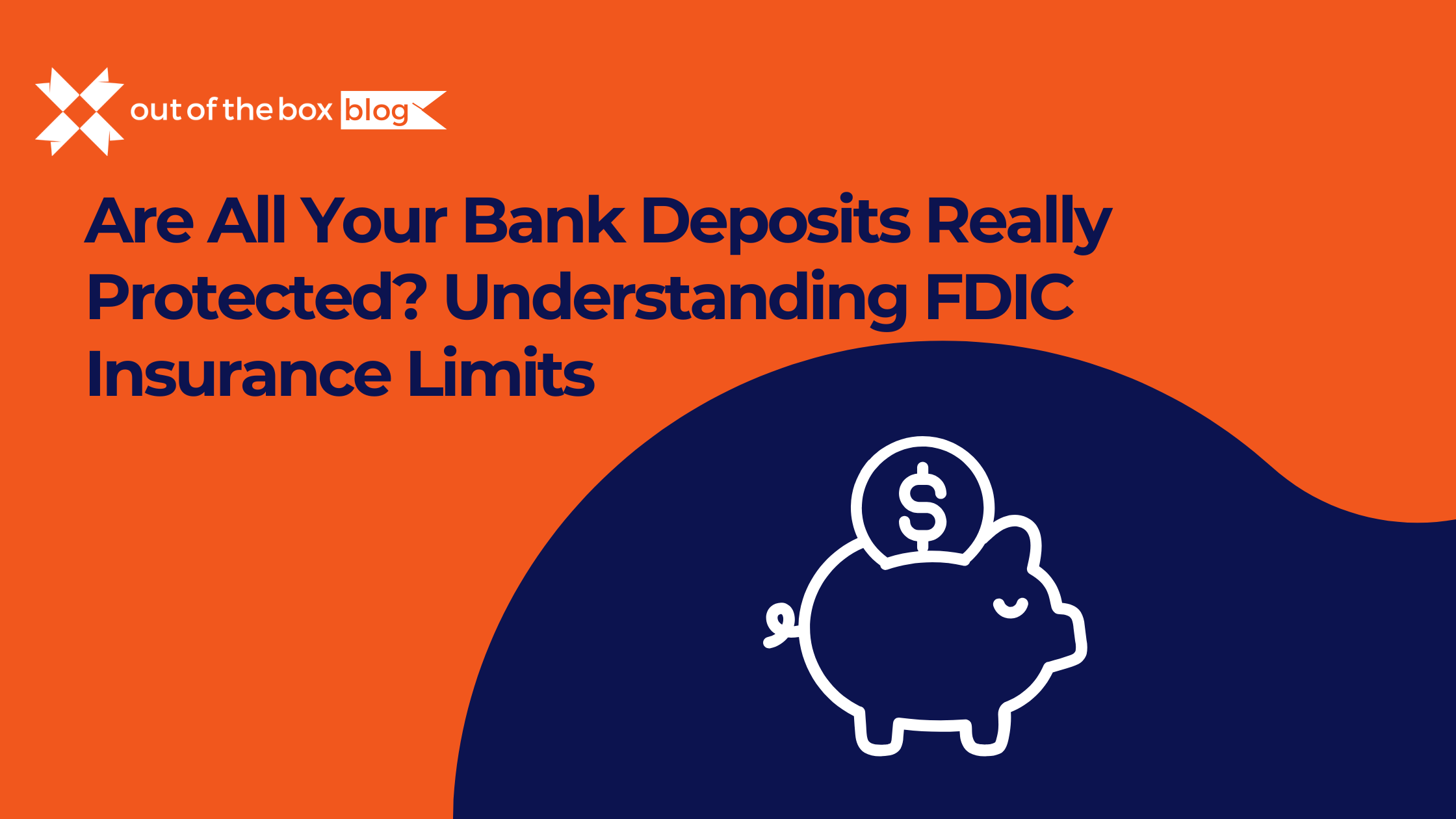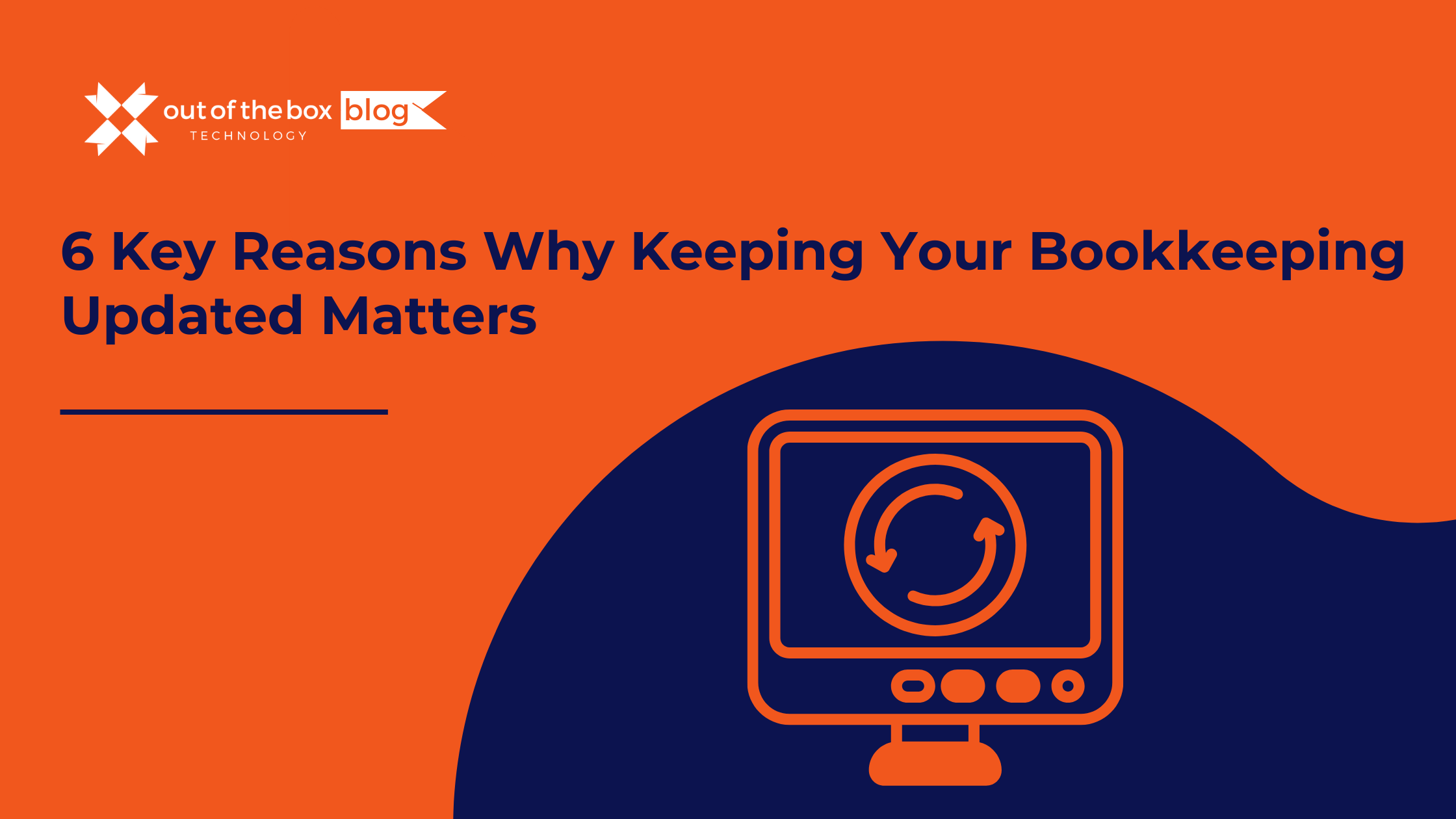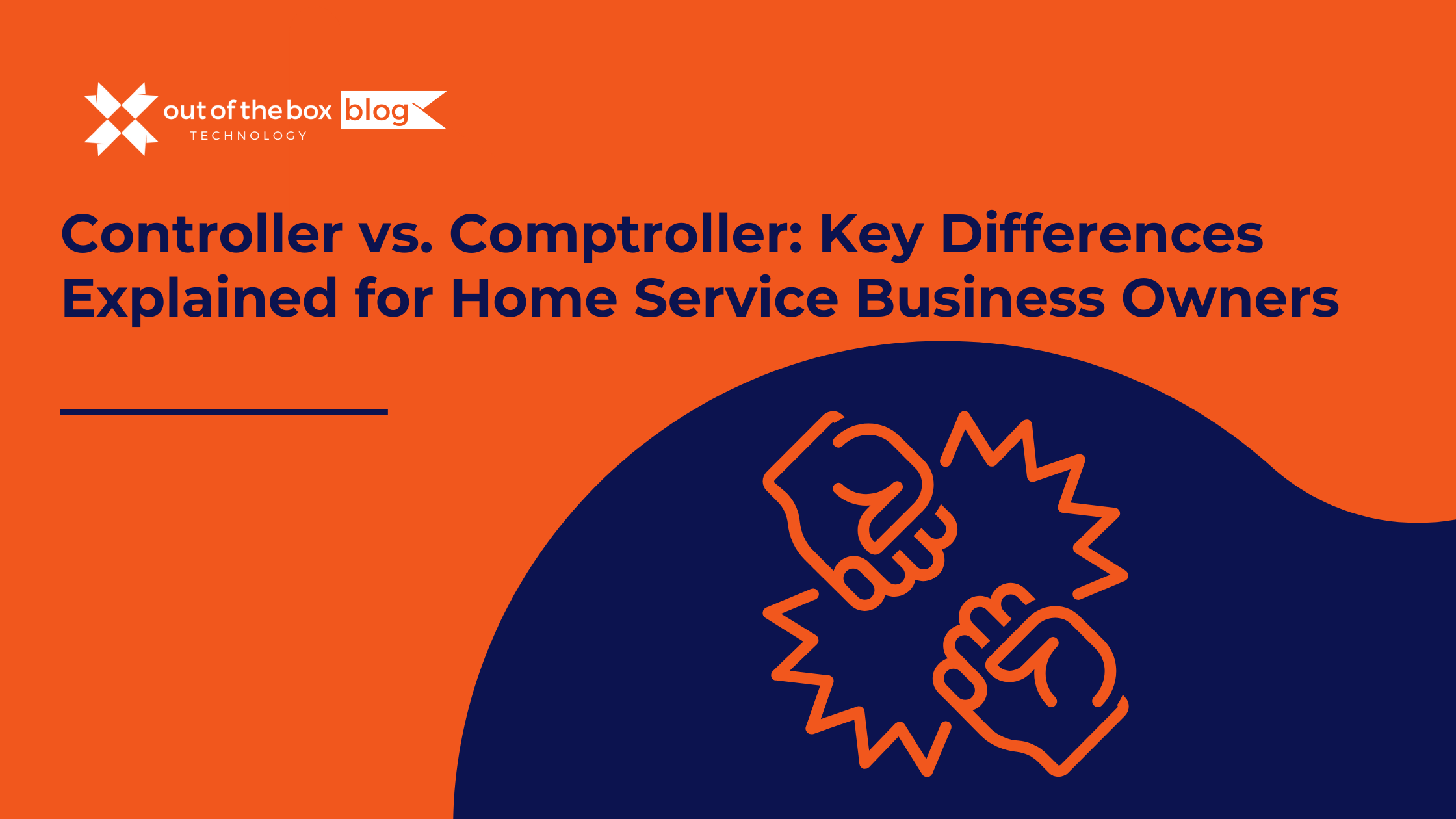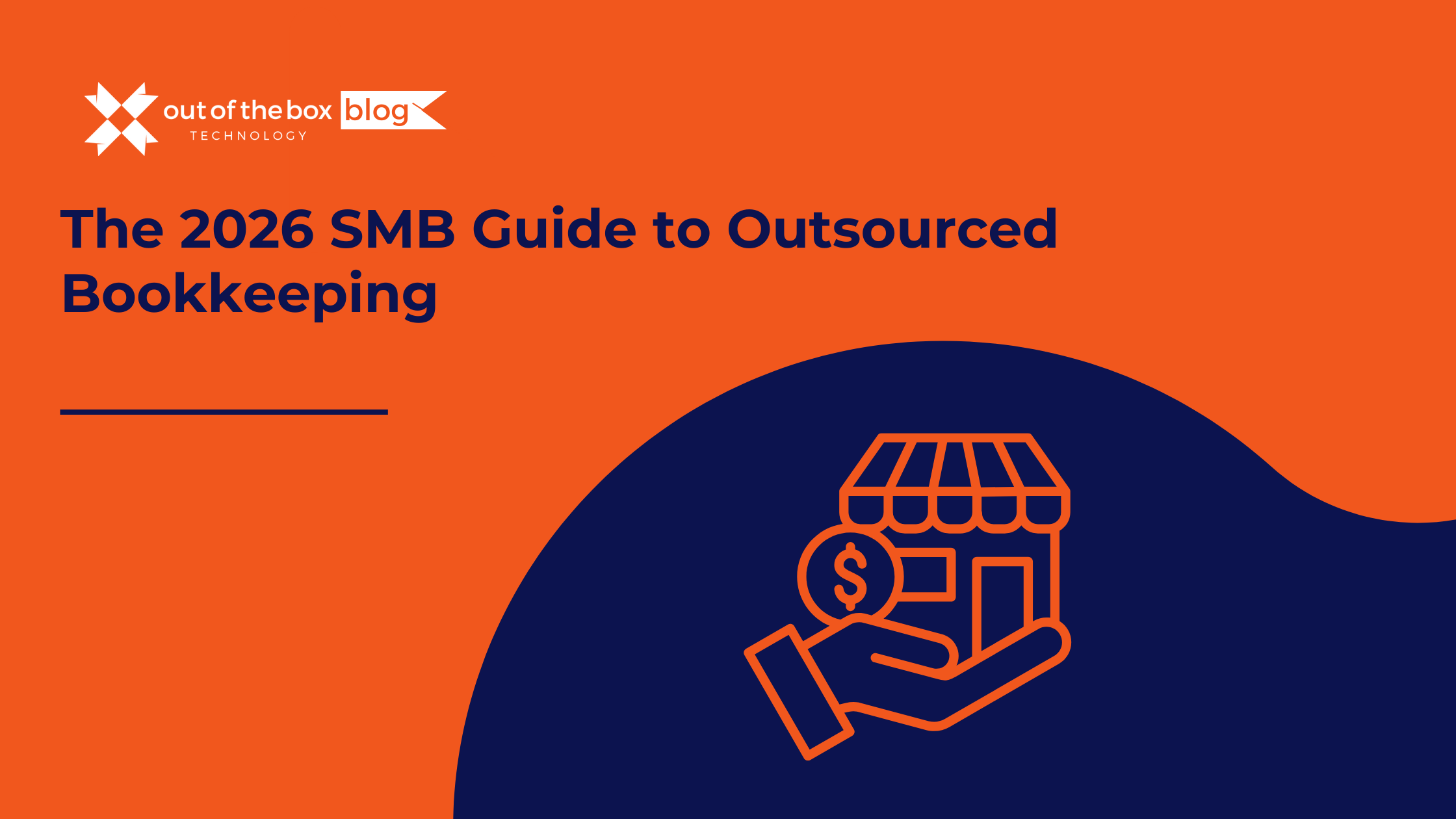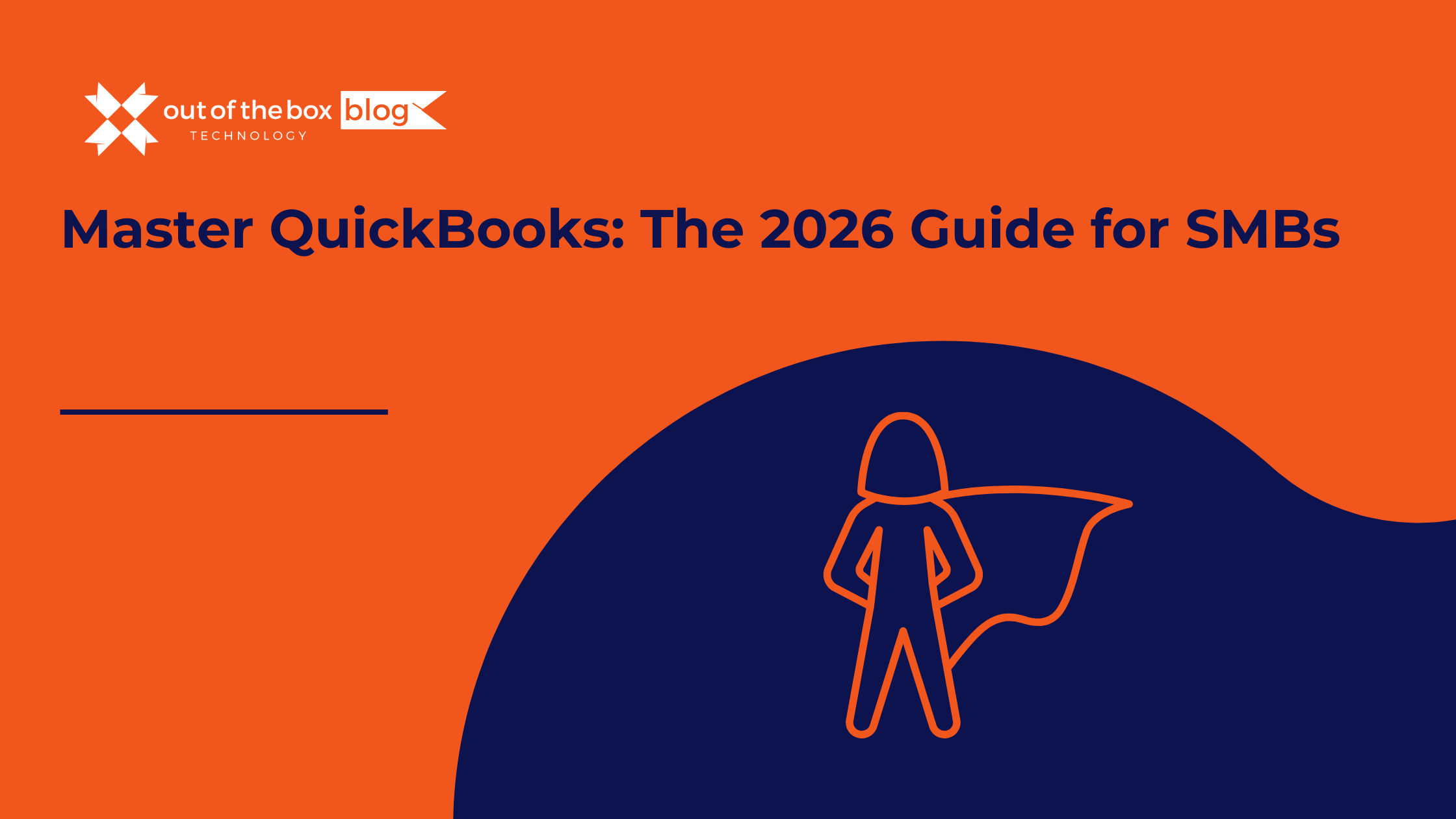QuickBooks is no longer just a digital ledger where you record checks and invoices; it has evolved into a sophisticated, AI-driven financial ecosystem capable of predictive forecasting, automated categorization, and seamless integration with hundreds of other apps.
However, a tool is only as effective as the hands wielding it.
There is a pervasive myth among Small and Midsize Business (SMB) owners that accounting software should be intuitive enough to use without instruction. While modern interfaces are user-friendly, the accounting principles driving them are complex. When untrained users try to navigate these waters, they often fall into the “Trial and Error” trap.
The Reality: “Learning by doing” in QuickBooks is one of the most expensive ways to manage a business. It leads to “garbage in, garbage out” reporting, tax compliance nightmares, and thousands of dollars spent on cleanup fees.
This guide is designed to move you from frustration to mastery. We will explore the critical skills modern business owners need, the hidden pitfalls of DIY bookkeeping, and how targeted training and consulting can turn your financial data into your competitive advantage.
The “Trial and Error” Tax: Why DIY Training Fails
In an era of endless YouTube tutorials and generic help articles, why do businesses still struggle with their books? The answer lies in context.
Generic training tells you how to click a button. It rarely explains why you should click it—or more importantly, when not to click it.
1. The Context Gap
A tutorial might show you how to use the “Write Checks” function. However, if you are using that function to pay bills that have already been entered as “Bills” in QuickBooks, you are unknowingly doubling your expenses. You have now recorded the cost when the bill came in and when you wrote the check. The software won’t stop you; it assumes you know what you are doing.
2. The Cost of Bad Habits
Untrained staff often develop “workarounds” to bypass confusion.
-
The Error: “I don’t know how to handle this refund, so I’ll just delete the original invoice.”
-
The Consequence: You have just destroyed the audit trail, altered your historical income, and likely unbalanced your bank reconciliation.
Data Point: Industry analysis suggests that SMBs with untrained bookkeeping staff spend an average of 30% more on year-end CPA fees due to the time required to clean up data entry errors before tax filing.
5 Common QuickBooks Mistakes Made by Untrained Teams
To understand the value of training, we must look at the specific, expensive errors that occur without it.
1. The “Undeposited Funds” Trap
This is the number one issue for new QuickBooks users.
-
The Scenario: You receive a payment from a customer in QuickBooks. The software puts this money into a holding account called “Undeposited Funds.”
-
The Mistake: When the deposit hits your bank feed, an untrained user adds it as income again, rather than matching it to the existing payment.
-
The Result: You double your reported income, leading to a massive, artificial tax bill.
2. Improper Payroll Setup
Payroll liabilities are complex. If you mix up the “Payroll Expense” (company cost) with “Payroll Liabilities” (money withheld from employees), your Balance Sheet will be incorrect. This can lead to panicked letters from the IRS regarding unpaid 941 taxes.
3. Misclassifying Assets vs. Expenses
Buying a $50 printer is an expense. Buying a $50,000 piece of machinery is a fixed asset. Untrained users often expense large purchases immediately to “lower taxes.” While this might be the goal, doing it incorrectly in the software without proper depreciation schedules can trigger audits.
4. Ignoring Bank Reconciliations
Many users assume that if the bank feed is connected, the books are balanced. This is false. Duplicate entries, broken connections, and check payments that haven’t cleared yet (float) mean your bank balance and QuickBooks balance will rarely match perfectly. Regular reconciliation is the only way to catch fraud or errors.
5. Breaking the Sales Tax Chain
If you create an invoice with sales tax, you must use the “Pay Sales Tax” function to clear the liability. If you simply write a check to the state, QuickBooks still thinks you owe that tax. Over time, your liability account balloons to hundreds of thousands of dollars that you don’t actually owe.
The 2026 Skill Set: What You Need to Learn
Training in 2026 isn’t about memorizing shortcuts; it’s about mastering workflow and automation. Here are the core pillars of a modern QuickBooks education.
Pillar 1: Workflow Optimization & Automation
The goal of modern training is to reduce manual data entry.
-
Bank Feeds & Rules: Learn to program QuickBooks to recognize recurring transactions. If you buy gas at Shell every Tuesday, QuickBooks should automatically categorize that as “Fuel Expense” and prepare it for a single-click confirmation.
-
Receipt Capture: Stop hoarding paper. Learn to use mobile apps to snap photos of receipts that automatically attach to the transaction in QuickBooks. This makes you audit-proof in real-time.
Pillar 2: Reporting & Business Intelligence
Most owners only look at the Profit & Loss (P&L). Effective training teaches you to build and interpret custom reports that drive strategy.
-
Cash Flow vs. Profit: Understand why your P&L says you made money, but your bank account is empty (usually hidden in inventory or accounts receivable).
-
Class & Location Tracking: Learn to tag transactions by department or location. This reveals which parts of your business are profitable and which are dragging you down.
Pillar 3: Inventory Management
If you sell products, inventory is likely your largest asset and your biggest headache.
-
Items vs. Expenses: Learn why you must buy products as “Items” to track Quantity on Hand.
-
COGS (Cost of Goods Sold): Understand how QuickBooks calculates the cost of the specific unit you sold to give you an accurate Gross Margin.
Training vs. Consulting: Which Do You Need?
While training focuses on education, consulting focuses on strategy and structure. Often, SMBs need a hybrid of both.
When to Choose Training
-
You have a new hire who needs to learn the ropes.
-
You are upgrading to a new version of QuickBooks (e.g., Desktop to Online).
-
You want to learn specific features like “Projects” or “Budgeting.”
-
Goal: Empowerment and self-sufficiency.
When to Choose Consulting
-
Setup & Implementation: You are starting a new business or entity. Setting up the Chart of Accounts correctly from Day 1 prevents years of headaches.
-
Data Migration: Moving data from Excel or legacy systems into QuickBooks is high-risk. A consultant ensures history is preserved.
-
Cleanup: Your books are a mess, and you don’t know where to start. A consultant fixes the technical errors so you can start fresh.
-
Complex Workflows: You need to integrate QuickBooks with a niche industry CRM, inventory system, or time-tracking app.
The ROI of Professional Guidance
Is professional training an expense? No, it is an investment with a measurable return.
1. Time Savings
A trained user works 50-70% faster than an untrained user.
-
Untrained: Spends 4 hours manually entering credit card charges.
-
Trained: Spends 15 minutes reviewing automated bank rules.
-
Result: You save ~15 hours a month per employee. At an average wage, this pays for the training cost in the first quarter.
2. Tax Savings
Accurate books mean you capture every legitimate deduction.
-
If you don’t know how to track “reimbursable expenses,” you might pay for client costs out of your own pocket without ever billing them back or deducting them.
-
Clean books allow your CPA to focus on strategy (how to save you money) rather than cleanup (how to fix your mess).
3. Decision Confidence
You cannot scale a business on gut feeling.
-
When you trust your reports, you can make bold decisions: “We can afford to hire two more sales reps because our trailing 6-month cash flow supports it.”
-
Without training, you are flying blind, hoping the bank balance stays positive.
How to Choose the Right Training Partner
Not all training is created equal. When selecting a partner to upskill your team, look for these three criteria:
1. Certified ProAdvisors
Ensure your trainer is a QuickBooks Certified ProAdvisor. This certification requires annual testing and ensures they are up to date on the latest 2026 features.
2. “Real World” Experience
Avoid trainers who are purely academic. You need someone who has reconciled messy bank accounts, dealt with payroll audits, and untangled inventory disasters. They should teach you practical workflows, not just textbook theory.
3. Customization
Your business is unique. A non-profit needs to learn about “Fund Accounting,” while a contractor needs “Job Costing.” Avoid generic “one-size-fits-all” courses. Look for a partner who will audit your specific file and tailor the curriculum to your industry.
Frequently Asked Questions (FAQs)
Q: Can I learn QuickBooks just by using it? A: You can learn the basics, but you will likely make invisible errors. QuickBooks is “double-entry accounting” wrapped in a pretty interface. If you don’t understand the underlying accounting (where the money comes from and where it goes), you can create significant financial discrepancies that aren’t discovered until tax season.
Q: What is the difference between “Clean Up” and “Training”? A: “Clean Up” is looking backward to fix the past. “Training” is looking forward to ensure the future is correct. We often recommend a “Clean Up” first so that your team is being trained on a healthy, accurate set of books. It is very hard to learn on a broken system.
Q: How long does it take to become proficient? A: With targeted, one-on-one training, a user can master their specific daily workflow in 6 to 10 hours of instruction. Becoming a “power user” who understands the full backend takes longer, but the essentials for daily business management can be taught relatively quickly.
Q: Should I use QuickBooks Online or Desktop in 2026? A: The industry has largely shifted to QuickBooks Online due to its AI capabilities, app integrations, and remote accessibility. However, QuickBooks Desktop Enterprise remains the gold standard for complex inventory and large-scale manufacturing. A consultation can help you decide which platform suits your volume.
Q: Can you train us on third-party apps? A: Yes. The modern accounting stack includes apps for bill pay (like Bill.com), expense management (like Dext), and payroll. Understanding how these sync with QuickBooks is just as important as understanding QuickBooks itself.
Conclusion: Stop Guessing, Start Mastering
In 2026, data is the lifeblood of your business. If your financial data is clogged with errors, delayed by manual entry, or hidden behind a wall of confusion, your business health suffers.
You don’t need to be a CPA to run a successful business, but you do need to be fluent in the language of your business finances.
Whether you need a full-scale implementation for a new venture, a deep-dive cleanup of historical data, or customized training to empower your staff, Out of the Box Technology is here to bridge the gap. We don’t just teach you software; we teach you how to gain control over your financial future.
Ready to turn your team into QuickBooks experts? Stop letting the software manage you.
START HERE

